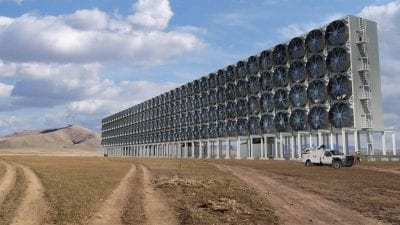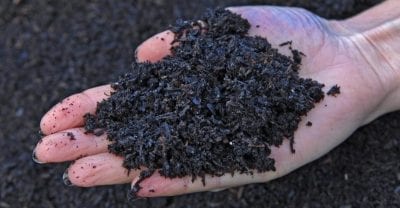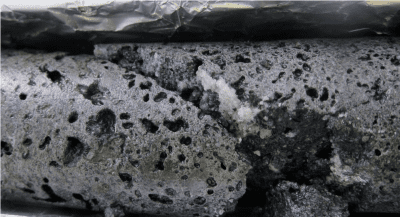By Matt McKenna
With the recent release of the IPCC’s report, reducing our carbon footprint has re-entered the spotlight and become more urgent than ever before. Reducing carbon dioxide emissions is the first step in achieving this goal, but the IPCC report makes it clear that years of nonrenewable energy use have made it necessary to go even further. One way to do this, as mentioned in the report, is to utilize carbon removal technologies. Carbon removal involves taking carbon that is being released to, or is already present in, the atmosphere and sequestering it underground or in storage. There are several different types of carbon removal methods, each with its own benefits and drawbacks.
Direct Air Capture
One of the more common carbon removal technologies is direct air capture. Direct air capture uses a fan to intake air from the atmosphere, and then the air enters a closed loop system with water and energy and leaves the system as a stream of pure, compressed carbon dioxide. That stream of carbon dioxide can then be sequestered or turned into a fuel with ultra-low carbon intensity, meaning this fuel would produce less emissions and pollutants than traditional fuel. There are currently two leading companies in this technology, Carbon Engineering and Climeworks. Both these companies estimate that on a large scale, their technology can remove one ton of carbon dioxide from the atmosphere for about $100-150. Because of this high cost of removing carbon from the atmosphere, these companies have been selling the carbon they produce to fuel companies. This is counterproductive in the sense that the carbon just removed from the atmosphere is being sold to be released into the atmosphere again, but at the same time using recaptured carbon is better than using traditional fuel. If the cost of this technology could be reduced, then less of the recaptured carbon would have to be sold and more of it could be sequestered in the geosphere.

Biochar
The use of biochar is a second method of removing carbon from the atmosphere. Biochar is a high carbon material produced by burning organic material (such as trees, plants, etc.) in an oxygen free environment. Normally, burning organic material or just letting it decompose adds a significant amount of carbon dioxide to the atmosphere. If this material is turned into biochar instead, the biochar can then be added to the soil and serve as an effective carbon sink. If biochar is implemented on a large scale, it is estimated that about 12% of carbon emissions will be offset. Biochar also increases both water retention and nutrient capacity of soils it is added to, giving it added benefits aside from being an effective carbon sink.

Enhanced Weathering
One of the cheaper methods of carbon removal is enhanced weathering. CarbFix is a project in Iceland that has been using enhanced weathering to sequester carbon dioxide since 2007. Their method involves taking highly carbonated water and injecting it into basaltic rocks. The carbon in the water then reacts to the minerals in the basalt and forms safe byproducts while taking the carbon out of the atmosphere. Using this method can remove about one ton of carbon dioxide from the atmosphere for $25, which is four times less expensive than direct air capture. The main downsides of this method are that basaltic rocks are required, meaning that this method can only be used in certain locations, and that injecting such a large amount of water into the ground can cause other environmental impacts such as earthquakes.
Carbon removal has potential to be a powerful method of reducing the effects of climate change, yet as of right now the technology is expensive and inconvenient to implement. For carbon removal to become an effective climate mitigation strategy, political and economic incentives would need to be offered to companies developing this technology in order to overcome these barriers.
